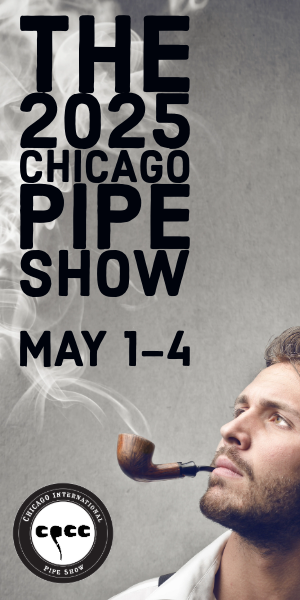I could be mistaken but I believe that Kentucky Dark Fired uses a type of burley:
Russ Oullette refer to Pipes&Cigar's blending tobacco as Dark Fired Kentucky Burley
From his blog:
On a side note, many fine tobaccos do come from Africa. As an example, many cigar smokers prize Cameroon wrappers.
Russ Oullette refer to Pipes&Cigar's blending tobacco as Dark Fired Kentucky Burley
From his blog:
I've been under the impression that Dark Fired Kentucky is a unique, specially processed, dark burley.Is dark-fired Kentucky a Burley? It depends on who you talk to. Most people say yes as the raw leaf is certainly more like Burley than any other type of leaf. But the growers refer to it as Kentucky and never call it Burley. In any case, it’s a darker leaf, low in sugar, high in oils and a bold spiciness, even before the fire-curing. Instead of hanging the tobacco is a barn and allowing the air movement to cure the leaf, the barn has a smoldering fire using aromatic woods, in the US, hickory is often used. One common misconception is that, because of its name, it’s only grown and processed in America. Much of the dark-fired, especially in the European market comes from Africa, and since the native woods there are different, the resulting flavor and aroma is different as well.
On a side note, many fine tobaccos do come from Africa. As an example, many cigar smokers prize Cameroon wrappers.







